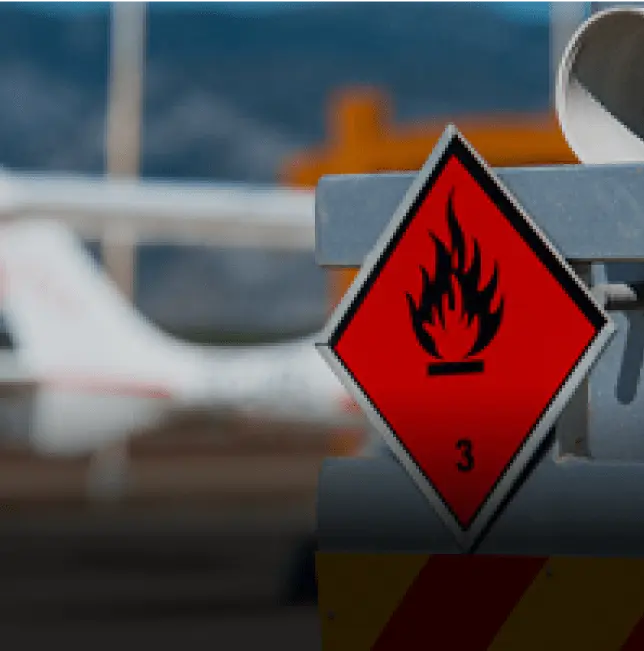Transporting dangerous goods demands precision, compliance, and adherence to stringent regulations to ensure the safety of both handlers and the environment. Whether it’s chemicals, flammables, or hazardous materials, understanding best practices and regulatory frameworks is paramount to secure and responsible shipping.
Understanding Dangerous Goods
- Classification and Identification: Dangerous goods encompass a wide range of substances, each with specific hazards. Understanding their classification and proper labeling is critical for safe handling.
- Regulatory Framework: Familiarize yourself with international and regional regulations—such as the UN Recommendations on the Transport of Dangerous Goods and specific country laws—to ensure compliance.
- Risk Assessment and Mitigation: Conduct thorough risk assessments to identify potential hazards and implement mitigation measures during transportation and storage.
Best Practices for Safe Shipping
- Proper Packaging and Labeling: Use approved packaging materials and labels designed for dangerous goods. Ensure clear and accurate labeling indicating the nature of hazards and safety precautions.
- Specialized Handling and Training: Train personnel handling dangerous goods on proper procedures and emergency response protocols. Utilize specialized equipment for safe loading and unloading.
- Temperature Control and Compatibility: Some dangerous goods are temperature-sensitive or react with other substances. Ensure compatibility and utilize temperature-controlled logistics if required.
Key Regulatory Compliance Measures
- Documentation and Declarations: Accurate and comprehensive documentation is crucial. Complete shipping declarations and ensure all required permits and certificates are in place.
- Transportation Restrictions: Comply with transportation restrictions concerning quantities, permissible modes of transport, and routes for specific dangerous goods.
- Emergency Response Planning: Develop robust emergency response plans in case of accidents or spillages during transportation. Train personnel in executing these plans effectively.
Innovations and Technological Advancements
- Smart Packaging Solutions: Explore innovations like smart packaging with sensors for real-time monitoring of hazardous materials’ conditions during transit.
- Blockchain for Transparency: Implement blockchain technology to ensure transparency and traceability in the supply chain, offering a secure record of dangerous goods’ movement.
- AI-Powered Risk Assessments: Utilize artificial intelligence for predictive risk assessments, enhancing proactive identification of potential hazards and risk areas.
Conclusion
Handling dangerous goods for shipping demands meticulous attention to detail, unwavering compliance with regulations, and the implementation of best practices. By prioritizing safety measures, adhering to stringent regulations, and leveraging technological advancements, businesses can ensure the secure transportation of dangerous goods, minimizing risks and promoting safety across the supply chain.


